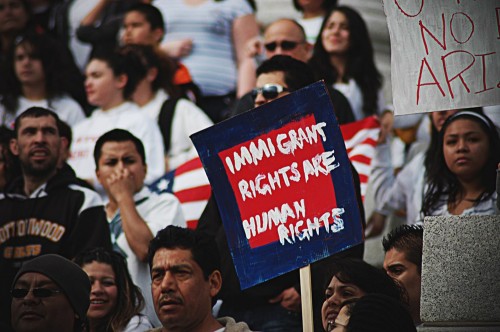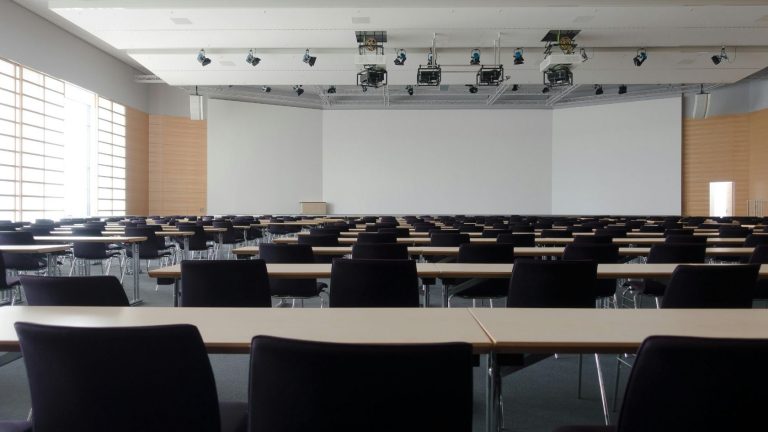How Much Diversity Is There Among Black Students at HBCUs?
Despite only comprising 3% of American colleges and universities, historically Black colleges and universities are attended by 10% of all Black college students. Per the acronym, HBCUs have a majority Black student population. As there is no singular Black experience, the monoracial composition of HBCUs does not hinder them from being diverse.
Students’ Socioeconomic Backgrounds
HBCUs are known to graduate lower-income Black students at higher rates (37.8%) than predominantly white institutions (PWIs), at 32%. 58.7% of HBCU students have expected family contributions (EFC) of $0 — meaning their families are not expected to contribute any money to pay for the student’s college based on their income and will receive financial aid to help fund their education. The same is true for just 31.6% of students at non-HBCUs. Conversely, 5.9% of HBCU students have EFCs of over $19,300; the same is true for 21.2% of students at non-HBCUs.
While legacy students and those with designer bags are not uncommon on HBCU campuses, 39% of students are first-generation college students, and over 70% qualify for Pell Grants. Pell Grants are a form of federal financial aid for undergraduates, and 90% of its recipients come from households making under $40,000 per year. Nationally, only 34% of students qualify, half the percentage for HBCU students.
The socioeconomic make-up of HBCU students varies by school. Over 80% of students at 17 HBCUs receive Pell Grants; conversely, less than 40% of students at Spelman College, Morehouse College, Hampton University, and Howard University qualify for Pell Grants.
Gender Inclusivity
For at least 45 years, more female students have attended HBCUs than male students. In 1976, 53% of HBCU students were female; in 2020, that number had risen to over 65%. Among the top ten HBCUs in 2022, Xavier University of Louisiana has the highest percentage of female students at 77% (excluding the all-women’s Spelman College), while North Carolina A&T University has the highest rate of male students at 41% (excluding the all-men’s Morehouse College).
While there are little to no statistics on non-binary and transgender students at HBCUs, some schools are becoming more inclusive to accommodate their non-cisgender students. In 2017, Bennett College and Spelman College, both all-women’s HBCUs, changed their policies to consider transgender women for admission. In 2020, Morehouse College followed suit, allowing transgender men to be considered for admission.
Even though some HBCUs have taken steps to be more gender-inclusive, many have not been so progressive. Howard University is currently the only HBCU of over 100 that offers gender-inclusive housing. Many HBCUs still reinforce gender norms, including non-conforming gender expression.
Geographical Range
HBCUs have their fair share of international students. Among the top ten HBCUs, under 3% of students are international, lower than the national average of 4.6%. Howard University and Fisk University are the only schools in the top ten with higher international student rates than the national average, with 7.3% and 5.1%, respectively.
Many international students are also not Black; they are Middle Eastern. 70% of the international students at Tennessee State University are from Saudi Arabia. When Morgan State University’s international student population tripled between 2014 and 2017, most were from Saudi Arabia and Kuwait. This reflects the overall increase in Saudi students at American colleges and universities in the 2010s due to government scholarship programs targeted toward them.
Lack of Existing Data
Most HBCUs are in the south or on the east coast, but HBCU students hail from all over the country. While there is research on international students, there is less about the regional and cultural diversity among Black American students.
Most research on the diversity at HBCUs is about racial diversity. While this is understandable given the schools’ focus on Black students, there is lots of diversity among Black students that goes more ignored. Even with race, 4.5% of HBCU students identify as multiracial, but data on which races they are mixed with is hard to find.
Religion is one category where little research exists. It is present at many HBCUs, with some events and traditions opening with prayer. However, there is very little research on the religious demographics among the students.
HBCUs prove that racial homogeneity does not hinder diversity. As interest and enrollment at HBCUs continue to grow, hopefully interest in researching a wider range of demographic trends does too.




